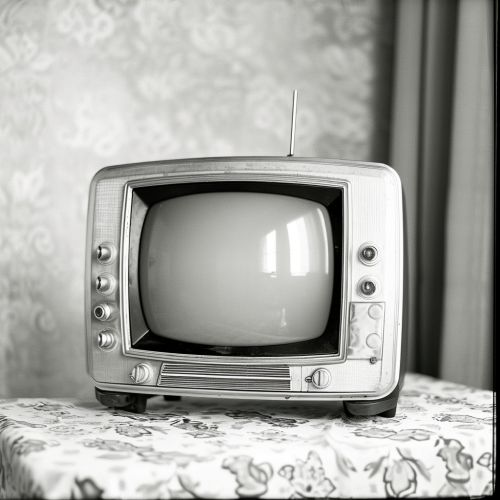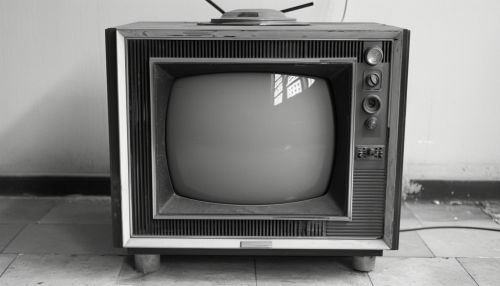1950s American TV Shows
Early Beginnings
The 1950s marked a significant era in the history of American television. This period, often referred to as the "Golden Age of Television", saw the medium transition from experimental technology to mainstream entertainment. The decade was characterized by the proliferation of variety shows, sitcoms, westerns, and game shows. The rise of television as a dominant form of entertainment was a significant cultural shift, and the shows from this era had a profound impact on American society.
Television's Growth and Impact
In the early 1950s, only a small percentage of American households owned a television set. However, by the end of the decade, the number had skyrocketed to over 90%. This rapid adoption of television technology was due to several factors. The post-World War II economic boom allowed more families to afford a television set. Additionally, the Federal Communications Commission's (FCC) decision to approve the National Television System Committee's (NTSC) color television standard in 1953 paved the way for the mass production of color TVs.


Television became a powerful tool for advertising, with companies sponsoring entire shows to promote their products. This led to the creation of the "soap opera", a term derived from the soap companies that sponsored these daytime dramas.
Popular Genres
The 1950s saw a variety of television genres gain popularity. Variety shows, such as The Ed Sullivan Show, offered a mix of comedy, music, and special acts. Sitcoms, such as I Love Lucy, provided light-hearted entertainment and often reflected the social norms of the time. Westerns, such as Gunsmoke, capitalized on the romanticized image of the American frontier. Game shows, like The $64,000 Question, offered viewers a chance to participate vicariously in the excitement of big-money stakes.
Influential Shows
Several shows from the 1950s had a lasting impact on American television. "I Love Lucy", starring Lucille Ball and Desi Arnaz, was one of the first sitcoms to be filmed in front of a live studio audience. Its innovative use of a three-camera setup is now standard in the production of sitcoms. "Gunsmoke", a western drama, was one of the longest-running prime time shows in television history, airing for 20 seasons.
Television and Society
Television in the 1950s reflected and influenced American society. Shows often portrayed an idealized version of American life, with nuclear families, suburban homes, and traditional gender roles. However, these shows also reinforced racial and gender stereotypes. Despite these limitations, television began to tackle social issues in the late 1950s, with shows like The Twilight Zone using science fiction to explore themes of prejudice, fear, and the human condition.
Conclusion
The 1950s was a pivotal decade for American television. The rapid growth of the medium, the development of popular genres, and the influence of television on society marked this era as the "Golden Age of Television". The shows from this period laid the groundwork for future television programming and continue to influence the medium today.
